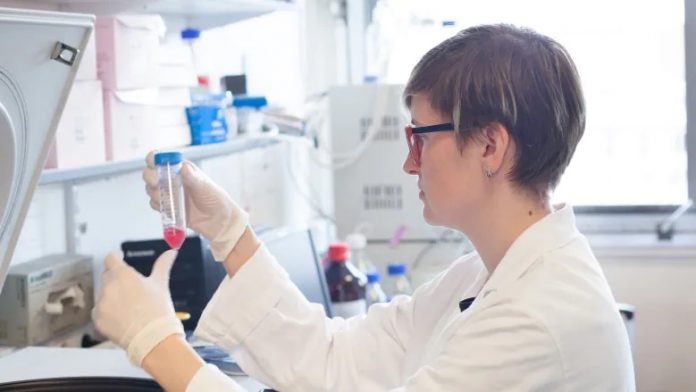How do you successfully surmount the barriers between disparate disciplines? Locally, here in Sacramento and Davis, the University of California, Davis shares numerous research with other scientists across various disciplines. You can read information on data sharing of research across disciplines such as, “Abilities to share data – UC Davis Health System” or “Quick Guide for Principal Investigators – UC Davis .”
Those who are interested in holistic health or other sciences may want to know who’s shaping the future of research so that cross-pollination between scientific disciplines becomes the key to creative solutions? After all, health is about creative solutions as is almost every other discipline.
In an age of specialization, building networks of outstanding scientists, engineers and clinicians is helping the development of creative solutions to complex societal needs. Northwestern University’s Chad Mirkin, founding director of the International Institute for Nanotechnology, knows how to build diverse teams. The flourishing institute brings together more than 190 faculty researchers from 25 different disciplines. Mirkin will deliver a presentation at the AAAS meeting discussing the challenges he faced taking the institute from inception to realization.
Northwestern University professor Chad Mirkin is no stranger to the challenges of building diverse teams. He is the founding director of the International Institute for Nanotechnology (IIN), a flourishing institute that brings together more than 190 faculty researchers from 25 different disciplines. Mirkin will discuss the IIN from inception to realization in a presentation titled “University Convergence Institutes” at the American Association for the Advancement of Science (AAAS) annual meeting in Chicago. (It’s the 2014 AAAS Annual Meeting.)
His presentation is part of the symposium Convergence Science: A Revolution for Health Solutions,” held on Saturday, February 15, 2014 in the Comiskey Room of the Hyatt Regency Chicago. “The International Institute for Nanotechnology (IIN) provides the essential framework to overcome traditional divisions between university departments and schools,” Mirkin says, according to the February 15, 2014 news release, University institutes are shaping future of research. “It has enabled us to attract researchers with deep expertise in their fields, support and enable creative synergy, enhance translational capabilities and build one of the largest and most productive nanotechnology institutes in the world.” Mirkin is the George B. Rathmann Professor of Chemistry in the Weinberg College of Arts and Sciences, Professor of Chemical and Biological Engineering, Professor of Biomedical Engineering, Professor of Materials Science and Engineering and Professor of Medicine.
Established in 2000, the International Institute for Nanotechnology (IIN) is home to the first federally funded nanotechnology facility in the nation. It currently represents and unites more than $600 million in nanotechnology research, education and infrastructure and has positioned Northwestern as a world leader in the field.
One nanometer is one billionth of a meter. To put that extremely small size in another context: A nanometer is to a meter what a marble is to the Earth. Materials with nano-sized particles have always existed, but it wasn’t until relatively recently — thanks to advances in scientific instrumentation — that scientists could observe nanoparticles and manipulate them.
The IIN is an umbrella organization that catalyzes and supports interdisciplinary research focused on the development of transformative nanotechnologies, including nanomedicine; nanomaterials and devices; nanotechnology for energy, the environment, security and defense; and nanotechnology solutions for food and water.
University institutes are shaping future of research as long as there’s cross-pollination between scientific disciplines
It’s one key to creative solutions. Mirkin’s research involves the study of materials and processes that operate at the atomic and molecular level. He is renowned for his discovery and development of Spherical Nucleic Acids (SNAs) and the many medical diagnostic and therapeutic applications derived from them; the invention of Dip-Pen Nanolithography (recently recognized by National Geographic as one of the top 100 scientific discoveries that changed the world); and contributions to supramolecular chemistry.
Mirkin serves as an advisor to President Barack Obama on science, technology and innovation in his role as a member of the President’s Council of Advisors on Science and Technology. He is one of only 15 scientists, engineers and medical doctors in the world — and the only chemist — to be elected into all three branches of the U.S. National Academies.
He is the author of more than 550 manuscripts and more than 930 patent applications worldwide. Mirkin is the founder of three companies, Nanosphere, AuraSense and AuraSense Therapeutics, which are commercializing nanotechnology applications in the life science and semiconductor industries.








